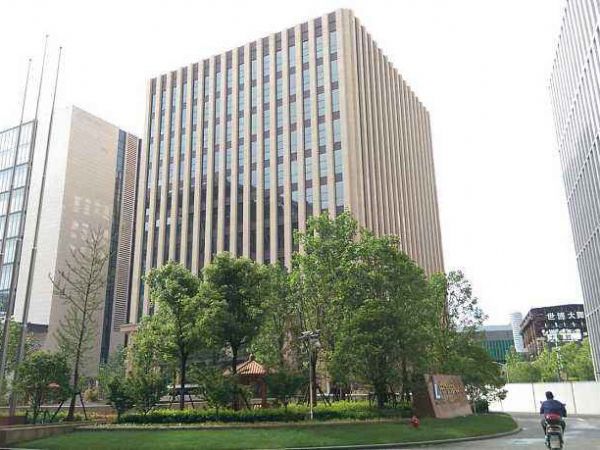Chinalco's "going out" model also needs to learn some politics

Chinalco's "going out" model also needs to learn some politics
When Chinalco signed the cooperation agreement with Rio Tinto on February 12, 2009, it must have been unexpected that after four months, it was the result of Rio Tinto's unilateral breach of contract, which not only made Chinalco enterprises lose face, but also made this failed merger and acquisition a textbook model for Chinese enterprises to "go out". Board.
Chinalco's ambitious acquisition and eventual dismal departure also served as a reminder to Chinese enterprises that it is not possible for them to acquire core assets from international companies in the past 100 years. It also needs to cope with complex external environment and keep abreast of the dynamics of their rivals.
The cooperation between Chinalco and Rio Tinto should date back to February 2008. At that time, Chinalco purchased 9% of Rio Tinto for $14 billion. After the financial crisis, Rio Tinto was in a difficult position to operate. This investment had risen by more than 70% in the same period in February this year. Chinalco still wanted to take this opportunity to further invest in Rio Tinto.
At that time, Chinalco's net profit in 2008 was only 9.23 million yuan. Under this circumstance, Chinalco still had to invest $19.5 billion in Rio Tinto, which showed that Chinese enterprises were eager to achieve success without any cost in overseas investment. When seeking to merge with BHP Billiton was impossible, Rio Tinto, which had a debt of up to $40 billion at that time, had no choice but to raise money to pay off its debt as soon as possible. So, once arrogant in the iron ore negotiations, it began to invite Chinalco to further inject capital, and the two sides signed a contract with a default value of only 1%.
In hindsight, Rio Tinto has left a way for Chinalco to escape the crisis: by raising its share price, Rio Tinto's equity financing is possible, and the 1% default cost makes this path effortless. After the announcement of the alliance between Chinalco and Rio Tinto, with the help of Chinalco's concept, Rio Tinto's share price rose from February 12, 2009 to 41% before the breakdown of the cooperation.
Around May 22, Rio Tinto's new chairman, Du Lishi, told the media that he would not submit a rejected proposal to shareholders for discussion in the face of a changing market. This statement seems to have heralded a change in Rio Tinto's position.
Unlike Rio Tinto's previous cordial invitation, Chinalco was finally ruthlessly abandoned by Rio Tinto in the face of commercial interests. Until Rio Tinto shareholders voted against Chinalco's capital injection, it may not find that in this alliance, it only married Rio Tinto in choosing equity financing, and what it got, in addition to the $195 million liquidated damages, was more a lesson learned in the acquisition case, that is, it could not simply hope. On the other hand, we should take the interests of enterprises as the starting point under the principle of commerce.
"If Chinalco could toughen up, add restrictive and deterrent clauses, Rio would have higher default costs, and Rio would have a lot of concerns when it abandoned Chinalco. Rio Tinto's drill hole would have been smaller, and it would not have fearlessly wanted to continue with BHP Billiton." Wang Guoqing, an analyst at Langer Iron and Steel Network, said.
On the other hand, Rio Tinto's cooperation with Chinalco has been questioned by the media, politicians and some Australians in Australia. The big acquisitions of Chinese state-owned enterprises have always been labeled as state acquisitions by the Western world. These doubts have become a huge obstacle in the case of Chinalco Rio Tinto.
On March 17, 2009, the Australian Foreign Investment Review Board issued a notice announcing that the time for reviewing the M&A plan would be increased by 90 days on the basis of the original 30 days. It was the three-month delay that gave Rio enough time to find another way.
In this regard, Wang Guoqing said that it is still difficult to quell such doubts in a short time. Since overseas M&A of Chinese enterprises has just started, there are many things to learn. In particular, we should guard against political risks and make a good risk assessment when investing in overseas mining enterprises. What is more practical is to accumulate international business talents, such as Rio Tinto, and recruit some international talents to Chinese enterprises, so as to win in the complex and changeable international business war.
I'm afraid it's not just about tearing up contracts. Rio Tinto and BHP Billiton have jointly invested in iron ore while tearing up contracts.
In the previous cooperation plan, Chinalco wanted to invest in Rio Tinto and send two non-executive directors to Rio Tinto's board. It also wanted to enhance China's voice in the iron ore market. Once Rio Tinto joins Chinalco, it will certainly violate the interests of Rio Tinto's biggest competitor, BHP Billiton.
In fact, although Rio Tinto and Chinalco are "engaged", they are still "disconnected" from BHP Billiton, which withdrew its merger and acquisition request. In a sense, Chinalco's merger and acquisition also gave birth to BHP Billiton's desire to cooperate with Rio Tinto again.
Compared with Rio Tinto's 136-year history, Chinalco, which has only been established for eight years, is much younger. This failure of China's overseas M&A case up to now is not only a milestone of Chinese enterprises'painful lessons in the history of "going out", but also a lesson and reflection for future generations: China's overseas M&A is not simply solved by money, and will also face many thresholds such as modern business principles and international political relations.


 CALL:008615165671179
CALL:008615165671179  Address:No.567,YuBei Rada,DongCheng Economic Development Zone,LinQu County,ShanDong Province,China
Address:No.567,YuBei Rada,DongCheng Economic Development Zone,LinQu County,ShanDong Province,China